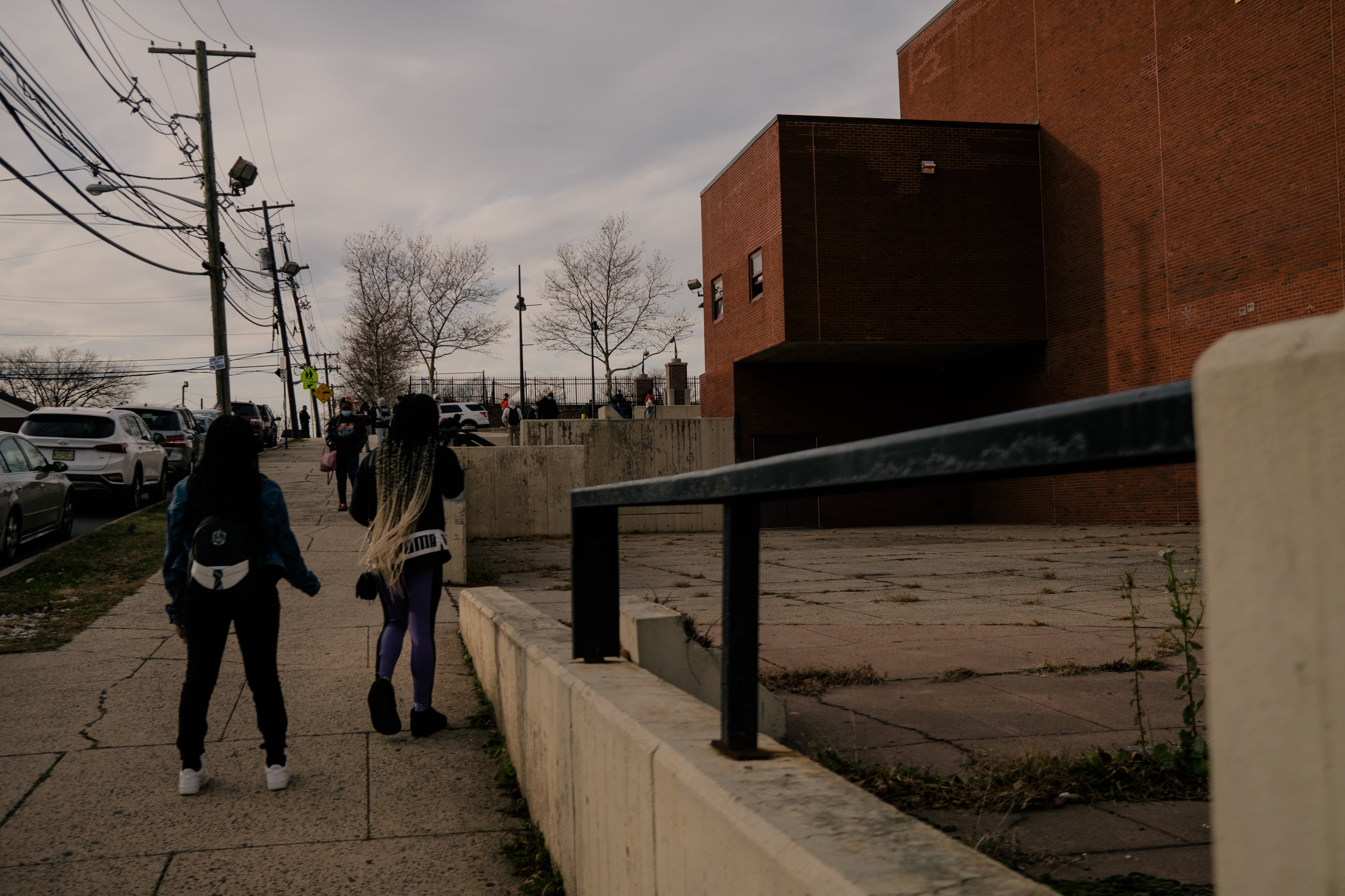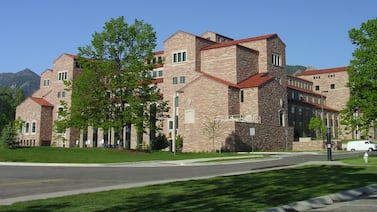Sign up for Chalkbeat Newark’s free newsletter to keep up with the city’s public school system.
English language learners will make up more than a quarter of Newark’s Public School enrollment this school year, an increase over last year that points to a growing need for more teachers and services.
District leaders said they anticipated a higher number of English language learners this year and in February, announced the launch of a new bilingual program in the city’s South Ward to address the rising need. More than 100 bilingual students will begin classes at Malcolm X Shabazz High School this fall – a higher than expected enrollment.
Since the start of the COVID-19 pandemic in 2020, the district’s number of students learning English has grown, a trend on par with schools across the country. This year, 11,072 English learners are enrolled in Newark’s public schools, 822 more students than last year.
More than 39,000 students are expected to return to classes in Newark on Sept. 3.
Even as the number of English learners in the district grows, school officials are wrestling with a shortage of bilingual teachers who can communicate in different languages. District officials have said they are working to fill hard-to-staff positions, such as bilingual and special education teachers, across all schools.
The district’s English learners include a mix of students born in the country and abroad. Most speak Spanish or Portuguese, although some speak Arabic, French, Haitian Creole, or other languages. By 2025, 1 out of 4 children in classrooms across the nation will be an English language learner, according to the National Education Association.
Last year, 10,250 English language learners were enrolled in the district, according to the 2023-24 state fall enrollment data. Since the 2020-21 school year, English language learners in the district have grown by 7% – from 17.1% to 24.2% last year, according to 2023-24 New Jersey school performance report. District leaders have allocated an additional $4.2 million in this school year’s budget to support the expansion of bilingual programs across schools.
At Shabazz, the bilingual program will offer ninth and 10th grade students learning English the option to receive services closer to home this fall. The district planned to enroll 48 students in both ninth and 10th grade in the bilingual program but has enrolled 92 ninth graders and 35 10th graders as of Aug. 20, according to León on Tuesday. Four teachers will teach bilingual education at the high school, according to Paul Brubaker, the district’s communications director.
“We know that right now it’s overenrolled, the actual number of bilingual students we were planning for, given the status of bilingual students across the district, is higher,” said Superintendent Roger León about the bilingual program at Shabazz during Tuesday’s school board business meeting.
Board members have also raised concerns over the integration of new students and cultures into Shabazz.
During Tuesday’s meeting, board member Dawn Haynes asked if there was a plan to integrate new students into Shabazz and ensure resources were available to all students, both new and returning. Specifically, Haynes asked how the recommendations in the Creed Strategies report, a review of the cultural dynamics at the Newark Global Studies that also included recommendations to assess the effects of anti-Blackness in schools, would be incorporated.
León said the district’s bilingual education director, Marisol Diaz, is spearheading that work and has met with principals and Shabazz’s administrative team to “discuss very important cultural differences” as they prepare for students next month. Expectations for all students would be set during orientation for students next week, León added.
León on Tuesday also said the district received transfer requests from 11th and 12th grade students in bilingual programs at Barringer and East Side High Schools “so they can be closer to home.”
“We have students who have to take multiple buses to get to school and now South Ward bilingual students don’t have to do that anymore,” said León during Tuesday’s meeting.
In Newark’s North Ward, 14 elementary schools and two high schools offer bilingual education programs in the district, the highest of any neighborhood, according to district data. Last school year, five elementary schools in the South Ward offered bilingual programs
Last school year, Eastside and Barringer High Schools saw the highest enrollment of bilingual students in their schools, with the “highest number of bilingual and ESL vacancies” among teachers at Barringer, according to board member Vereliz Santana during January’s school board meeting. During that meeting, Vereliz also said the new program at Shabazz would alleviate some of the staffing pressures at Barringer and East Side, both schools in the North Ward.
In the elementary grades, bilingual students such as Angie, a Spanish-speaking rising third grader at Dr. William H. Horton, a North Ward school, said she enjoys learning in two languages. She said her teacher last year, who she called Mrs. F. because she couldn’t pronounce her name, would communicate with her by using a translator app on her phone.
“She would talk to the phone and then the phone would say stuff in Spanish,” said Angie in Spanish on Thursday during the district’s back-to-school event at Hawkins Street Elementary School.
Angie’s mom, Imelda Garcia, said her daughter is learning English quickly and is proud of the progress she’s made so far. On Thursday, Garcia and Angie were waiting for their ride home outside Hawkins Street School after picking up free notebooks, pencils, and other school supplies in preparation of the new school year.
This story was translated by New Jersey Hispano, in partnership with Montclair State University’s Center for Cooperative Media and is supported financially by the NJ Civic Information Consortium. The story was originally written in English by Chalkbeat Newark and was republished under a special content-sharing agreement through NJ News Commons’ Spanish Translation News Service.
Jessie Gomez is a reporter for Chalkbeat Newark, covering public education in the city. Contact Jessie at jgomez@chalkbeat.org.





